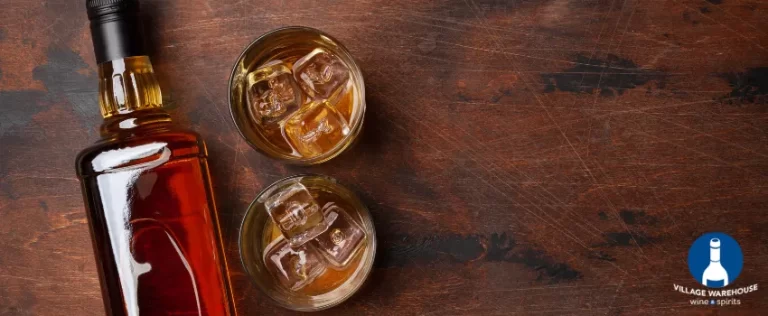Every celebration is just a little imperfect without a bottle of wine. What better way to improve its taste than through decanting? Decanting is a way of pouring wine into a different container to strengthen its flavor without moving the sediment from the bottle.
Once you learn how to decant wine and appreciate its benefits, you can make each bottle even more satisfying.
Why Decant Wine?
To Enrich the Flavors and Aromas by Aeration
Aerating the wine means allowing it to come in contact with air. Aeration improves its quality by letting it “breathe” first. Then, the chemical combination of gases with oxygen inside the bottle improves its whole taste and aroma. As a result, the inactive flavors expand before you drink it.
One of the best things about decanting is that it improves the taste and quality of all types of wine, including the cheaper ones.
To Separate Any Sediment from the Wine
Over time, a stocked bottle of wine will form sediment at the bottom. Decanting will remove the displeasing flavors of the sediment from the liquid. The sediment is safe to drink, but its bitter taste significantly puts off the flavors of the wine.
Take note that red wines collect the most sediment, specifically when it’s stored for a long period of time. In contrast, white wines hold the least.
The Process of Decanting Wine
Decanting wine can be an effortless process if you know how to handle it correctly, and all of that starts with a little bit of patience.
- Prepare your bottle of wine by storing it vertically for about a day before decanting. Allow the sediment to settle down.
- Clean and dry your wine decanter.
- Crack open the bottle using a corkscrew. Then, clean the bottleneck with a cloth.
- You may use a flashlight or candle and place it below the bottleneck to see more clearly.
- Carefully tilt the neck and pour the wine towards the decanter. Make sure the bottom of the bottle does not exceed 45 degrees to avoid an overpour.
- You should pause decanting every time you spot some sediment or murky substances coming toward the neck of the bottle. Place it a little upright again, and then continue.
- Leave at least an ounce or two of wine to keep the unwanted sediment in the bottle.
You can also try different kinds of wine decanters to see which one works best for you. New wines work better with a wide-brimmed vessel. As for aged wines, a smaller and narrower decanter is ideal.
Time Needed to Decant Every Type of Wine
Learn to familiarize yourself on how long to decant wine regardless of what type it is. The time frame may range from 30 minutes to up to 3 hours or more. Consider the wine’s age and type for better decanting.
Here’s a cheat sheet that you can refer to when decanting different types of wine:
30 Minutes
- Pinot Noir
- Zinfandel
1 Hour
- Malbec
- Garnacha Blend or Grenache
2 Hours
- Shiraz or Syrah
- Merlot
- Cabernet Sauvignon
- Sangiovese
- Tempranillo
- Vintage Port & Madeira
You may also check and taste the wine regularly to decide the level of decanting that you prefer.
2-3 Hours
- Douro Reds
- Monastrell
3 Hours or More
- Nebbiolo
Decanting your usual wine favorites is a great way to experiment with different tastes and flavors. You can visit Village Warehouse Wine and Spirits, a nearby Edwards, Colorado liquor store anytime if you wish to try new varieties for your next celebration. The effort and time you dedicate to learning how to decant wine is an experience that you might find you genuinely enjoy. Happy drinking!





